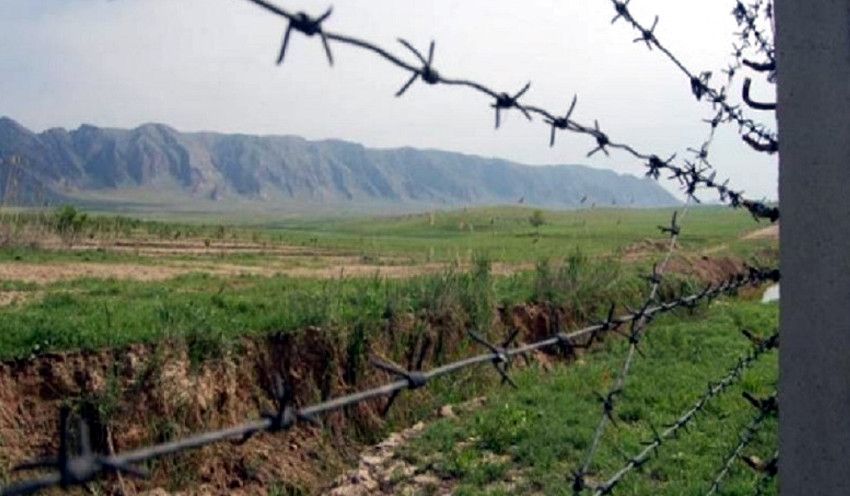EU delegation says borders demarcation necessary but Armenia says no

There has never been an international border between Armenia and Azerbaijan; it is just an administrative border; therefore, delimitation and demarcation of borders are necessary.
Vasilis Maragos, the head of the delegation of the European Union (EU) in Armenia, said this in an interview with an Armenian source.
According to him, the EU actively participates in the peace process.
"Brussels is committed to the principle of peaceful settlement of all disputes between Armenia and Azerbaijan. First of all, the border between the two countries needs to be delimited."
It is worth noting that, throughout history, the geographical location and natural resources of the South Caucasus have always attracted the attention of foreign forces. For centuries, wars and invasions were carried out on these lands. Also, Tsarist Russia paid great attention to the Caucasus in its foreign policy and started pursuing occupation policy since the beginning of the 20th century.
Russian generals, choosing Garabagh in the occupation plan of the Caucasus, sought to use Armenians as an instrument in order to benefit from the region’s geo-strategic position. With this plan, treaty of Turkmenchay, which was signed in February 1828 between Russia and Iran, created favourable conditions for Tsarist Russia to move Armenians to the occupied territories. Of course, after this operation, Russian authorities will diminish all the maps and documents about Azerbaijan's real lands.
Relations between Baku and Yerevan have remained tense since 1991, when the Armenian military occupied Garabagh, a territory internationally recognised as part of Azerbaijan, and seven adjacent regions. For almost 30 years, Azerbaijan tried to resolve the Armenia-Azerbaijan conflict through negotiations with Armenia, which had occupied 20 percent of its territory. The talks yielded no results. On the contrary, it was clear that the Armenian side was simply trying to gain time, consolidate the status quo, and perpetuate it. Azerbaijan could not and did not come to terms with the occupation.
On September 27, 2020, a counter-offensive was launched in response to Armenia’s yet another large-scale military attack on Azerbaijani Army positions and civilian settlements. The counter-offensive later became known as Operation Iron Fist, which led to the Patriotic War. Most of the territory was liberated by Azerbaijan during a war in the fall of 2020, which ended after a Russian-brokered peace agreement that also opened the door to normalization. Azerbaijan established full sovereignty in Garabagh after a local anti-terrorism operation in September 2023, after which separatist forces in the region surrendered.
Both countries continue discussions to determine their mutual border, with talks having been held between the border commissions on seven occasions since May 2022. Armenian Prime Minister Nikol Pashinyan persistently says that he will reach an agreement on the peace treaty with Azerbaijan and on the issue of delimitation and demarcation of the borders based on the map of 1975. However, there is no accurate information about the mentioned map itself or what areas are included in it.
The map drawn up in 1975 applies only to a part of the general border between Azerbaijan and Armenia. The other part should be compiled according to the maps published in other years. Armenia is resorting this way because it does not want the signing of the peace agreement.
---
Follow us on Twitter @AzerNewsAz
Here we are to serve you with news right now. It does not cost much, but worth your attention.
Choose to support open, independent, quality journalism and subscribe on a monthly basis.
By subscribing to our online newspaper, you can have full digital access to all news, analysis, and much more.
You can also follow AzerNEWS on Twitter @AzerNewsAz or Facebook @AzerNewsNewspaper
Thank you!

